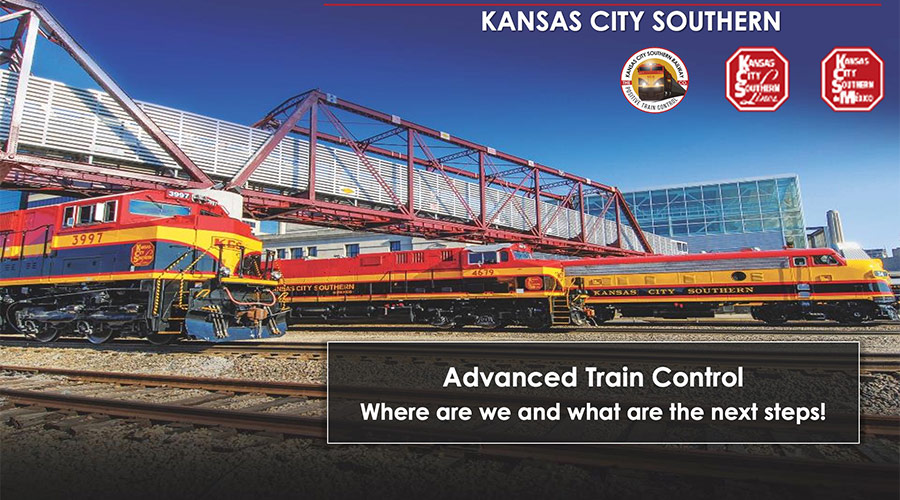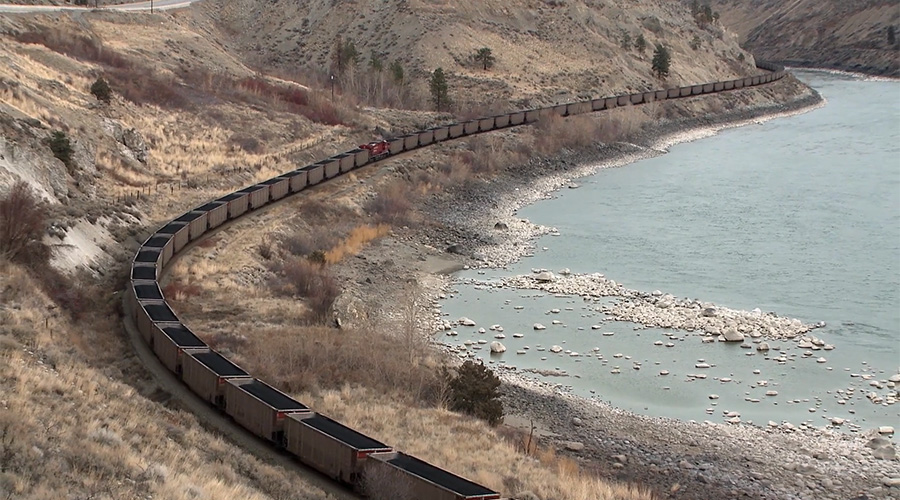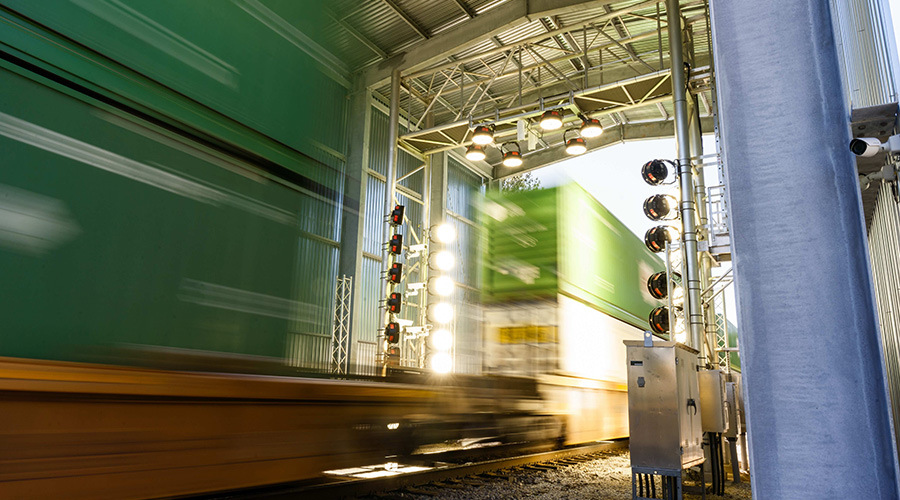KCS’ Hancock: Industry needs collaboration to develop advanced train control
2/23/2021
By Jeff Stagl, Managing Editor
There are a number of things Kansas City Southern is doing to reach its long-range goal of operating a more automated rail network. One is pursuing an advanced train control (ATC) system.
In his keynote leading off Progressive Railroading’s virtual Rail Summit: Technology Advancement on Feb. 17, KCS Executive Vice President and Chief Innovation Officer Brian Hancock addressed where ATC development stands and what steps still are required to establish the technology in the rail industry.
An industrywide ATC solution is needed because the nation’s rail network is so interconnected, Hancock said. The technology would address there always being a crew in a locomotive cab, how creating capacity is critical and how freight visibility is essential to customers.
Technology is not a barrier to ATC development, but regulations and rail labor issues are potential hurdles, said Hancock.
Successes Class Is have achieved with precision scheduled railroading — such as longer trains, more efficient terminals, better crew management and added capacity — will come into play with ATC, as well.
With positive train control (PTC) now in place on Class I networks, the large railroads can take advantage of their more connected information network through data management, operational efficiencies and asset reliability. PTC, which required the Class Is to create a digital footprint of their infrastructure, provides a platform that can be built upon for ATC development, said Hancock.
“ATC will require us to automate the footprint for real-time activity to make instant decisions,” he said.
 Technology is not a barrier to ATC development, but regulations and rail labor issues are potential hurdles, Hancock said.
Technology is not a barrier to ATC development, but regulations and rail labor issues are potential hurdles, Hancock said.There are a number of technologies under development that will help make railroads more information-centric, data-driven and process-efficient organizations, such as automated exception handling, road remote-control locomotives and predictive maintenance algorithms.
KCS has developed 14 predictive maintenance algorithms — with 12 more in the learning phase — which provide data science to identify trends and opportunities, issue alerts and serve as a process for addressing systemic failures, said Hancock. But there are challenges in KCS’ network when it comes to predictive maintenance, such as electrical power problems that occur in remote parts of Mexico, he said.
So far, all railroads are getting used to adopting and incorporating a little bit of automation.
“But we need to move to enhanced automation,” Hancock said.
ATC development will be a journey that requires the entire rail industry’s participation. Success in creating the technology depends on the willingness of industry constituents to work together, said Hancock. Class I data science groups currently are discussing ATC, he said.
For its part, KCS is trying to prod that necessary collaboration. The Class I is working with a partner railroad on ATC, said Hancock.


